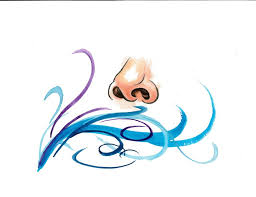 September 2020
September 2020
With the growth and use of cannabis now legal, condo communities that currently receive complaints of odour problems are likely to increase. Buildings currently without odour concerns may find they have to deal with them as a new concern.
The reality is that more condo residents are likely to complain of unwanted odours entering their suite and in common areas. These odours can absorb into walls and furniture fabric, and remain long after the source is eliminated.
Units in high-rise buildings are designed as interconnected spaces. Air movement can be reduced between spaces but not completely eliminated. Since 1980 buildings incorporate firestops and other measures that better control air flow resulting in fewer odour problems.
Odours migrate between units as air molecules move. Factors impacting on the movement of air molecules, and odours, in a building are Wind, Stack Effect and Mechanical Systems.
Wind
Air enters a building through doors, windows, roof and other gaps in the building infrastructure. While fresh air is desirable, this air creates currents that move air molecules thus allowing odours to be spread over wide areas.
Stack Effect
Hot air rises from the bottom and escapes from the top. This air pressure can make doors harder to open and close. It also allows odours to travel upwards. An example of this is the smell from food in a ground floor restaurant migrating upward through a building.
Mechanical Systems
High-rise buildings rely on mechanical equipment for ventilation – bringing in fresh air and allowing stale air to escape. Vents throughout the building allow this to occur. Air drawn under doors into suites will leave through exhaust fans. Higher buildings are more greatly impacted by these forces affecting air flow and odour. Air flows through spaces required for mechanical and electrical equipment.
Air quality and odour control professionals can conduct tests to identify how air travels in a building and advise on how to better control these air flows. Tests may incorporate camera systems and fog to identify air flow patterns. It may be necessary to cut holes in walls or ceilings to identify air flow patterns in these hidden areas.
Dealing with unwanted odours:
- Close windows and use exhaust fans. Open windows create positive air pressure that pushes air out under the front door into the corridor and other suites.
- Purchase air filtration equipment to help remove odours from a unit.
- Repair gaps and sealing around pipes, electrical conduits and ducts.
- Introduction of air scents can help mask but not eliminate the source of bad odours.







